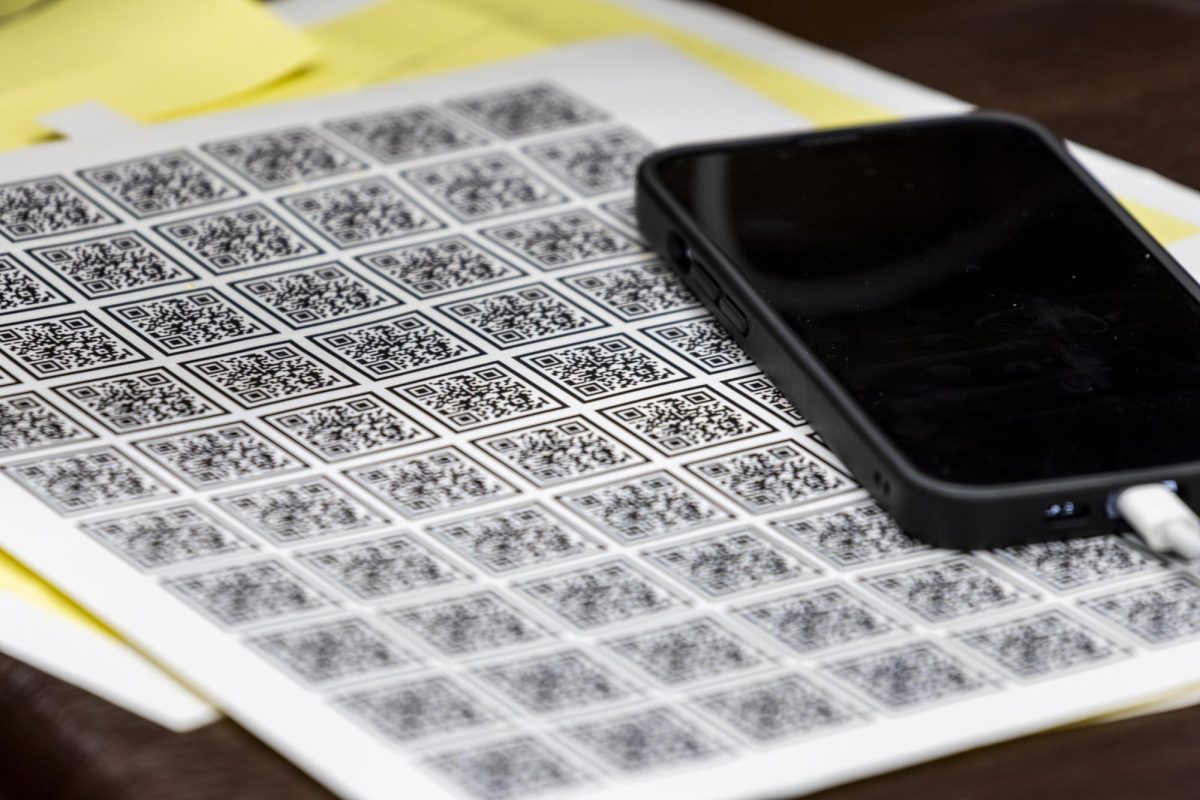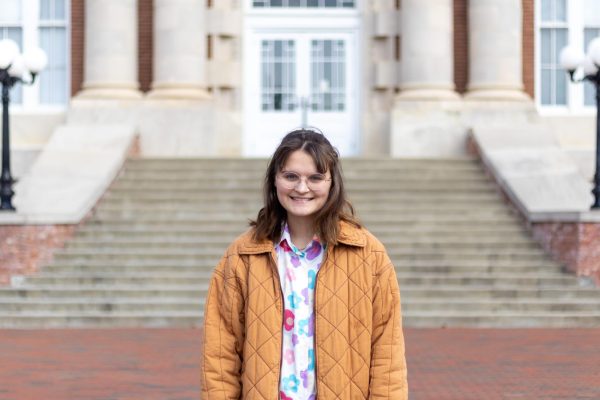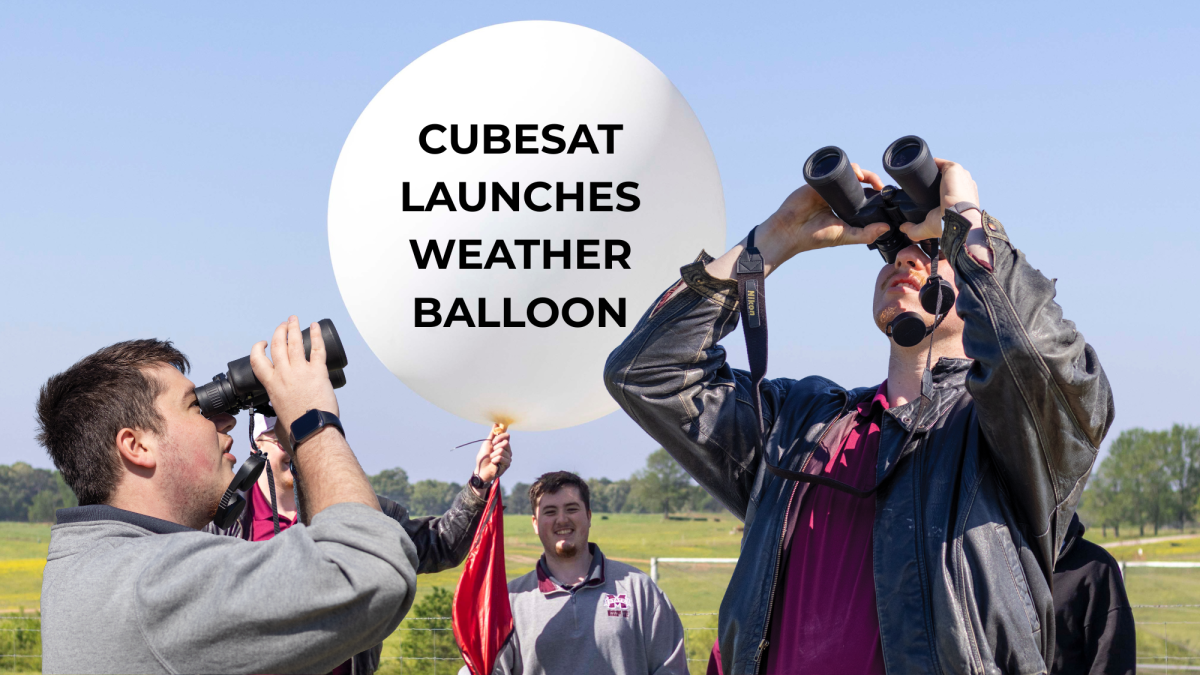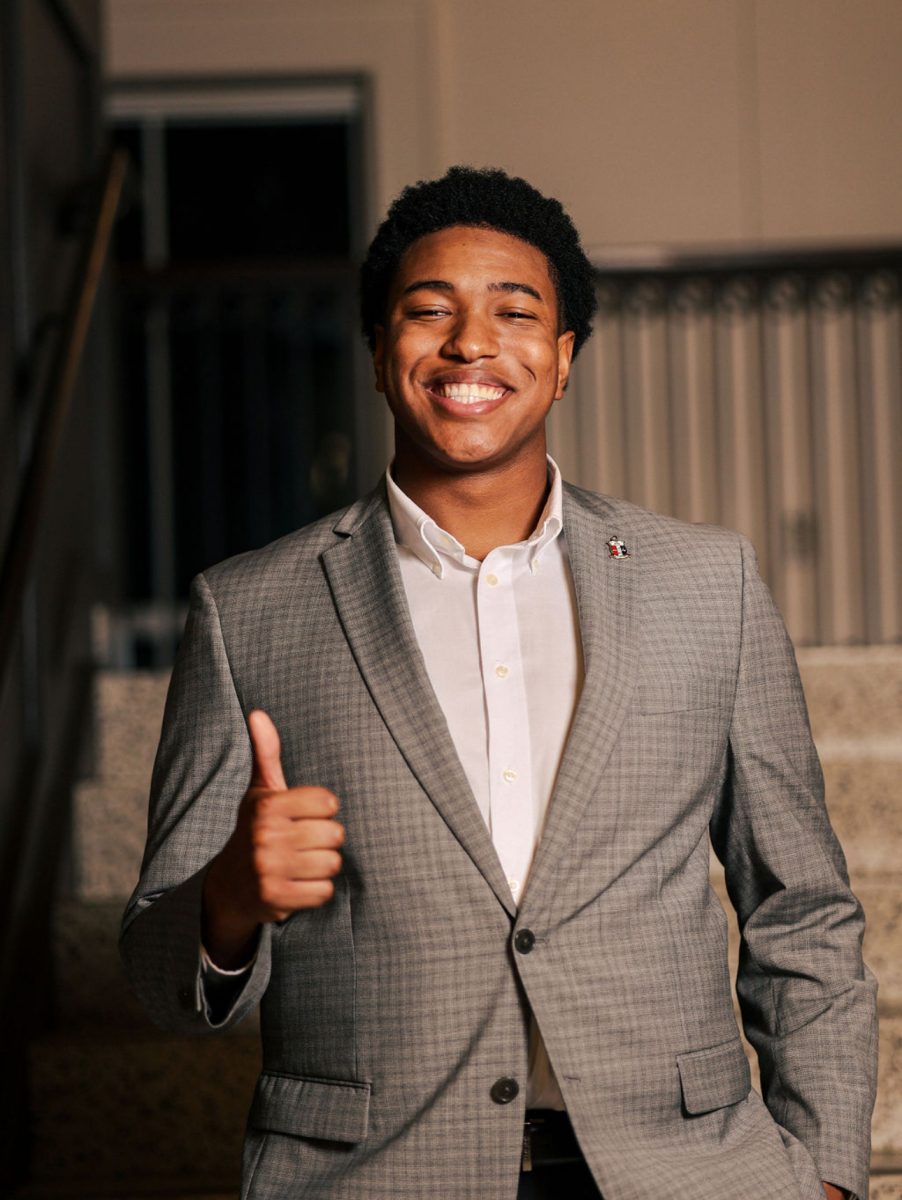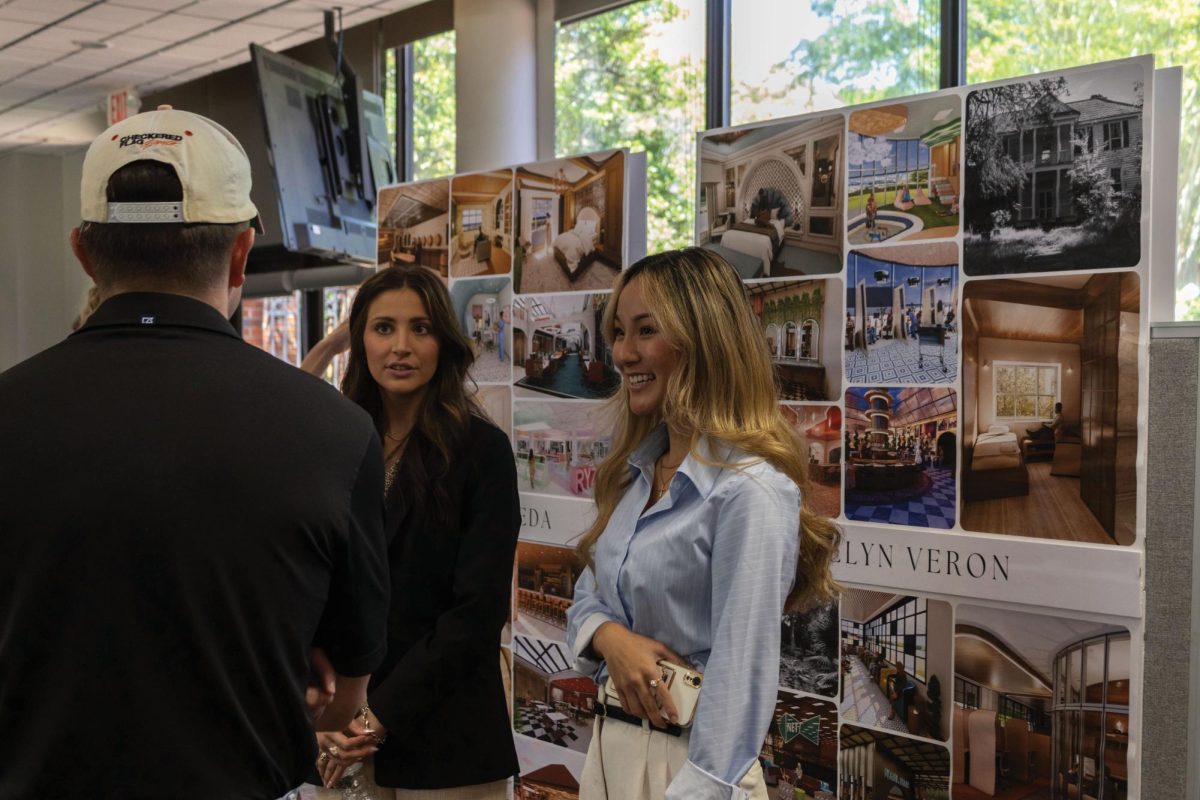According to the Centers for Disease Control, a person in the United States dies from heart disease every 33 seconds. The World Health Organization estimates that 32% of deaths across the world are caused by heart disease, with nearly 18 million people dying annually from it. It is the leading cause of death in the world.
To address this problem, a lab within Mississippi State University’s Department of Agricultural and Biological Engineering (ABE) has created a contactless heart monitor, VisionSCG, that uses a smartphone camera to detect abnormalities in the heart, and a low-cost, non-invasive heart monitor, EquiHeart, that seeks to eliminate current disparities and inaccessibility in medical devices.
Amirtahà Taebi, an assistant professor within the ABE, said the primary goal of the research is to improve the quality of life for people with heart disease.
“Our end goal is to hopefully help people with cardiovascular diseases to have a better life,” Taebi said.
The Taebi Lab is still running tests to ensure the success of smartphone cameras in detecting the heart’s movement. However, they have seen high success rates in their VisionSCG testing so far. Taebi said that physical research and testing began in July 2024, and he expects to have complete results within the next two years.
EquiHeart is a project that tracks the heart’s vibrations using low-cost, non-invasive heart monitors that the lab designed. Taebi explained that the uniqueness of EquiHeart lies in its ability to use multiple monitors to track different parts of the heart simultaneously. Additionally, it employs a computer program that analyzes data from the sensors to detect any potential issues.
The current standard for detecting heart abnormalities in newborns is a method known as pulse oximetry, which uses light to detect how much oxygen is in the blood. However, Taebi said that this method does not always catch heart issues, especially in people of color.
“When newborns are born, on their first day or second, they are screened using pulse oximetry to see if there is any potential critical congenital heart disease, but pulse oximetry is not a perfect method,” Taebi said. “It misses many different types of critical congenital heart diseases, and it is not accurate for, for example, African-American babies or, in general, babies with darker skin.”

Taebi said that the inaccuracy of pulse oximetry for people of color is due to how the method works. He said that pulse oximetry is an optical method based entirely on light emission, making it sensitive to differences in skin color.
However, Taebi said that VisionSCG and EquiHeart will not have any parameters that would be affected by skin color because they work by tracking the heart’s movements.
“No matter your skin color, whatever it is, if you place your hand on your chest, you feel your heart’s vibrations,” Taebi said. “We measure those vibrations using sensors.”
Sophia Ruckman is a senior biomedical engineering major working as an undergraduate researcher in the Taebi Lab. Her first project with the lab was to help design a heart monitor specifically meant for newborns. In December, she presented her research on newborn heart monitoring at a symposium hosted by the Institute of Electrical and Electronics Engineers in Philadelphia, Pennsylvania.
Ruckman said that she first got involved with the lab in her sophomore year when she was looking for research to be involved in. She said that she was drawn to Taebi’s lab because she was born with a congenital heart defect, so she was particularly interested in learning more about the heart.
Ruckman said that her favorite part of working in the lab has been the people that she has interacted with over the years.
“It’s always really interesting to work with people from different backgrounds and people who are interested in different things,” Ruckman said. “We have, you know, majors who are electrical engineering, we have people like me who are biomedical engineering, we have people wanting to go to law school and med school and post-doctorates who have already completed a lot of their education.”
Jigar Bhatt, a senior computer engineering major and undergraduate researcher in the Taebi Lab, said that his time in the lab has been invaluable and has given him many skills that he can carry over into school and a future career.
“The experiences that the lab has given me have helped me sort of outside the lab as well,” Bhatt said. “My time management with classes and other time commitments and whatnot has been really good as well.”
Bhatt also said that he has been able to present some of his research at the undergraduate research symposium and the 2023 International Mechanical Engineering Congress and Exposition in New Orleans. Additionally, he was honored on the 2024 Department of Electrical and Computer Engineering Wall of Excellence.
Bhatt said that if he could give any advice to students who are looking to become involved with research, it would be to reach out to professors with labs that sound interesting.
“The easiest way to get involved is to send that email,” Bhatt said. “If you’re taking a class with a professor and they somehow mentioned the research that they’re doing and you’re interested, send them an email or walk up to them after class and discuss that with them.”
Taebi said that one of his greatest passions is training the next generation of biomedical engineers and scientists, and that his students inspire him to continue the work that he is doing.
“I’m always excited about the fact that when I’m 60 or 70 years [old], I look back and see that I trained this army of biomedical engineers and scientists that each are in a different area,” Taebi said. “Many of them may not continue their career in cardiovascular health, they may go to other areas, but they are making impact with the same goal of improving the lives of other human beings.”


